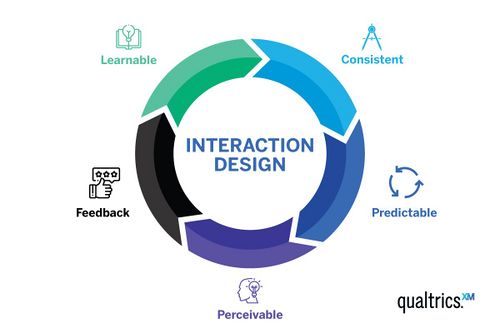Arduino-Project-Planning-Interaction Design
INTERACTION DESIGN
"Interaction Design" encompasses the creation of a dialogue between a person and a product, system, or service, focusing on both physical and emotional interactions.
The five dimensions of Interaction Design:
- Words (1D),
- Visual Representations (2D),
- Physical Objects/Space (3D),
- Time (4D), and
- Behavior (5D)
Interaction designers work on strategies, wireframes, prototypes, and user research to understand user goals better. They aim to ensure seamless and enjoyable interactions between users and the visual components of a product like buttons, icons, and layouts to guide designers in creating meaningful interactions with the system being designed.
In Interaction Design, several key steps are typically taken to create a user-friendly interface that meets the needs of customers. These steps include:
- Generating Design Ideas: Interaction designers come up with design concepts and ideas to address the user's needs and improve the overall user experience
- Creating Prototypes: Designers use software programs to create prototypes of their design ideas, allowing them to visualize and test the interactions before final implementation
- Gathering Feedback: Stakeholder feedback is crucial in the design process. Designers seek input from stakeholders to refine and improve their designs based on different perspectives
- Implementation: Once the design has been finalized, interaction designers assist in implementing the interface to ensure that it functions as intended and provides a seamless user experience
These steps are essential in the Interaction Design process to develop interfaces that are intuitive, engaging, and effective for users.
HERE is a good starting guide to Interaction Design.
